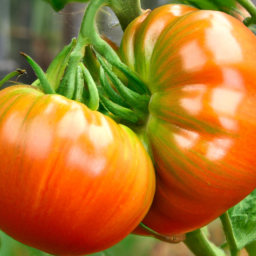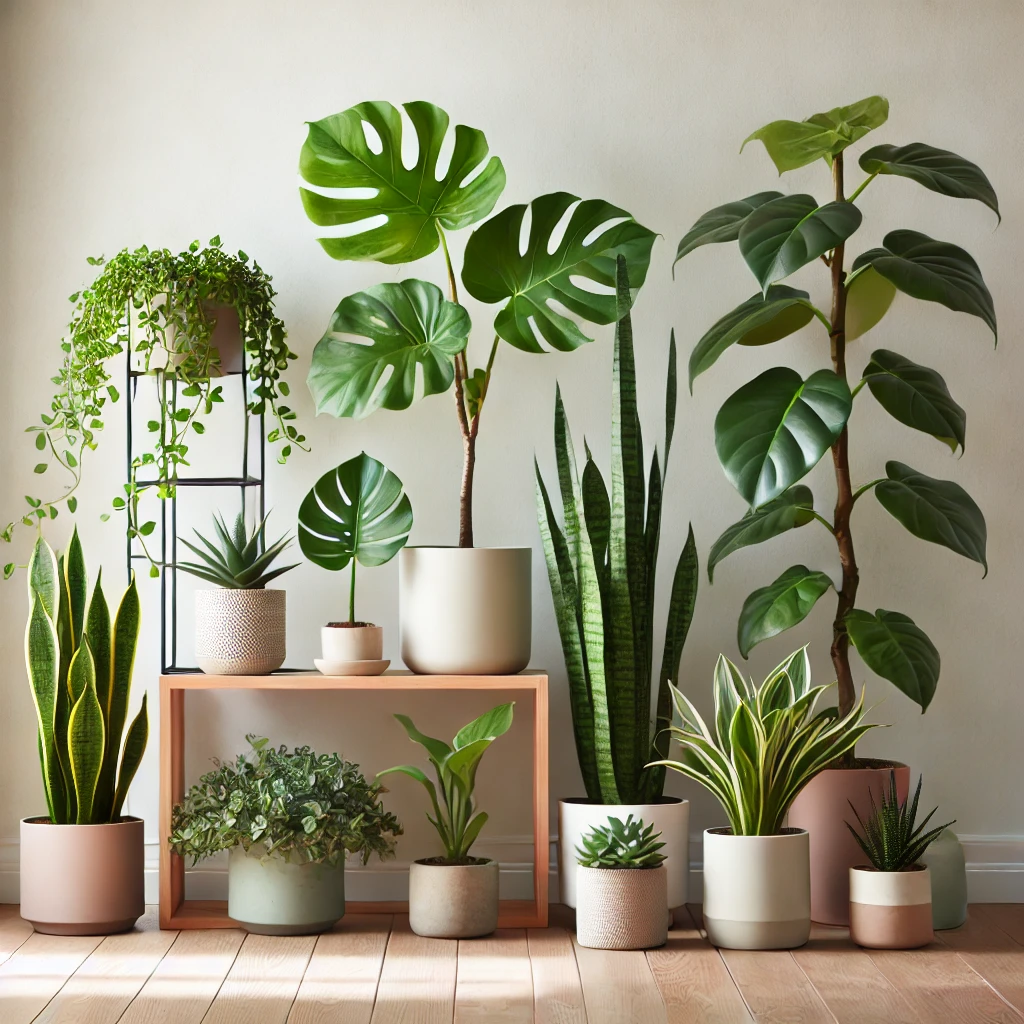Are you a budding gardener, eager to cultivate your own vegetable garden but unsure of how much sunlight is necessary for it to thrive? Look no further! The “How Much Sunlight Does A Vegetable Garden Need” guide is here to provide you with all the answers. Whether you have a small backyard or a balcony garden, this article will shed light on the ideal amount of sunlight your vegetables need to grow vigorously and produce a bountiful harvest. So, let’s get started and uncover the secrets to a thriving vegetable garden!
Factors for Sunlight Requirements
When planning your vegetable garden, one important factor to consider is the amount of sunlight your plants will receive. Sunlight is crucial for the growth and development of vegetables, as it provides the energy they need for photosynthesis. The amount of sunlight required can vary depending on the type of vegetables you are growing, the growing season, and the location of your garden.
Type of Vegetables
Different vegetables have different sunlight requirements, and grouping them based on their sunlight preferences can help you plan your garden more effectively. There are three main categories: sun-loving vegetables, shade-tolerant vegetables, and partial sun/shade vegetables.
Sun-loving Vegetables
Sun-loving vegetables thrive in full sunlight, typically requiring at least 6-8 hours of direct sunlight each day. These vegetables need ample sunshine to produce the best yields and develop their full flavor. Some common examples of sun-loving vegetables include tomatoes, peppers, eggplants, cucumbers, and squash.
Shade-tolerant Vegetables
On the other hand, some vegetables can adapt to less sunlight and are considered shade-tolerant. These vegetables can grow and produce well in areas that receive less direct sunlight or have dappled shade. Examples of shade-tolerant vegetables include lettuce, spinach, kale, and broccoli. These plants can handle some shade but still benefit from a few hours of direct sunlight.
Partial Sun/Shade Vegetables
Lastly, there are vegetables that can tolerate both full sunlight and some shade. These are known as partial sun/shade vegetables. They can adapt to varying light conditions and can be suitable for gardens with partial shade or changing light patterns throughout the day. Some examples of partial sun/shade vegetables are carrots, radishes, beets, and various herbs.
Growing Season
Another crucial aspect to consider when determining sunlight requirements for your vegetable garden is the growing season. Different vegetables have specific growing seasons, and their sunlight requirements can vary accordingly.
Cool-season Vegetables
Cool-season vegetables prefer cooler temperatures and can tolerate some frost. These vegetables thrive in the spring and fall when the days are shorter and the sunlight is not as intense. Examples of cool-season vegetables include broccoli, lettuce, peas, and cabbage. These plants can often tolerate some shade, making them suitable for gardens with limited sunlight during certain seasons.
Warm-season Vegetables
On the other hand, warm-season vegetables require more sunlight and thrive in hotter temperatures. These vegetables grow during the summer when the days are longer, and the sunlight is more intense. Examples of warm-season vegetables include tomatoes, peppers, zucchini, and beans. These plants require a minimum of 6-8 hours of direct sunlight daily to produce abundant and flavorful harvests.
Location
Apart from the type of vegetables and the growing season, the location of your vegetable garden plays a significant role in determining the amount of sunlight your plants will receive.
Sunlight Intensity
The intensity of sunlight can vary depending on your location. Regions closer to the equator generally receive more intense sunlight, while areas further away may experience milder sunlight. Understanding the sunlight intensity in your location can help you choose the right vegetables that can thrive under the available light conditions.
Obstructions
The presence of obstructions in your garden, such as buildings, trees, or fences, can cast shadows and create areas of shade. It is essential to assess your garden’s surroundings and identify potential obstructions that may interfere with the amount of sunlight your plants receive. Pruning trees or strategically placing your garden can help mitigate the impact of obstructions on sunlight availability.
Orientation of Garden
The orientation of your garden can significantly affect how much sunlight your plants receive throughout the day. The cardinal directions – north, south, east, and west – play a role in determining the amount and timing of sunlight exposure.
North-Facing
A north-facing garden typically receives less direct sunlight and may be prone to more shade. This orientation can be suitable for shade-tolerant vegetables or crops that prefer cooler temperatures. However, it may pose a challenge for sun-loving vegetables or warm-season crops that require ample sunlight.
South-Facing
A south-facing garden receives the most sunlight throughout the day, making it ideal for sun-loving vegetables and warm-season crops. This orientation provides maximum exposure to sunlight, ensuring optimal growth and productivity for your plants.
East-Facing
An east-facing garden receives morning sunlight but may have increasing shade in the afternoon. This orientation can be beneficial for cool-season vegetables, as they can benefit from the early morning sunlight without being exposed to the intense midday heat.
West-Facing
A west-facing garden receives afternoon sunlight, which can be intense and drying. Some vegetables may thrive in this orientation but may require additional measures to shade them during the hottest parts of the day to prevent damage from excessive heat.
In conclusion, understanding the sunlight requirements for your vegetable garden is crucial for successful and abundant harvests. By considering the type of vegetables, the growing season, and the location of your garden, you can make informed decisions to ensure that your plants receive the right amount of sunlight they need to flourish. So go ahead, plan your garden, and let the sun work its magic on your vegetable patch!





